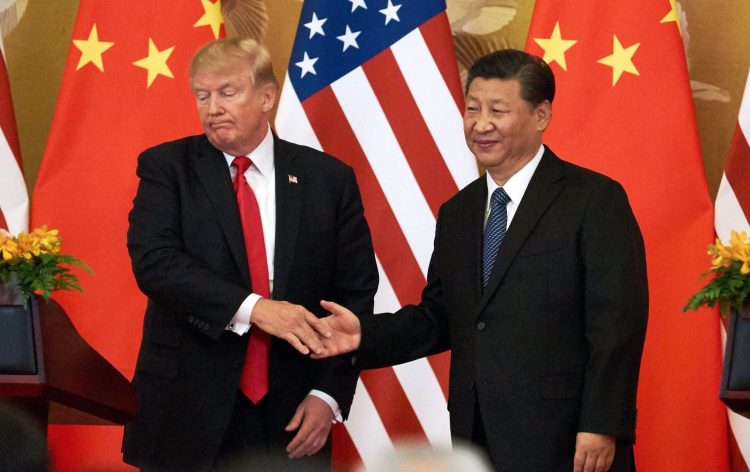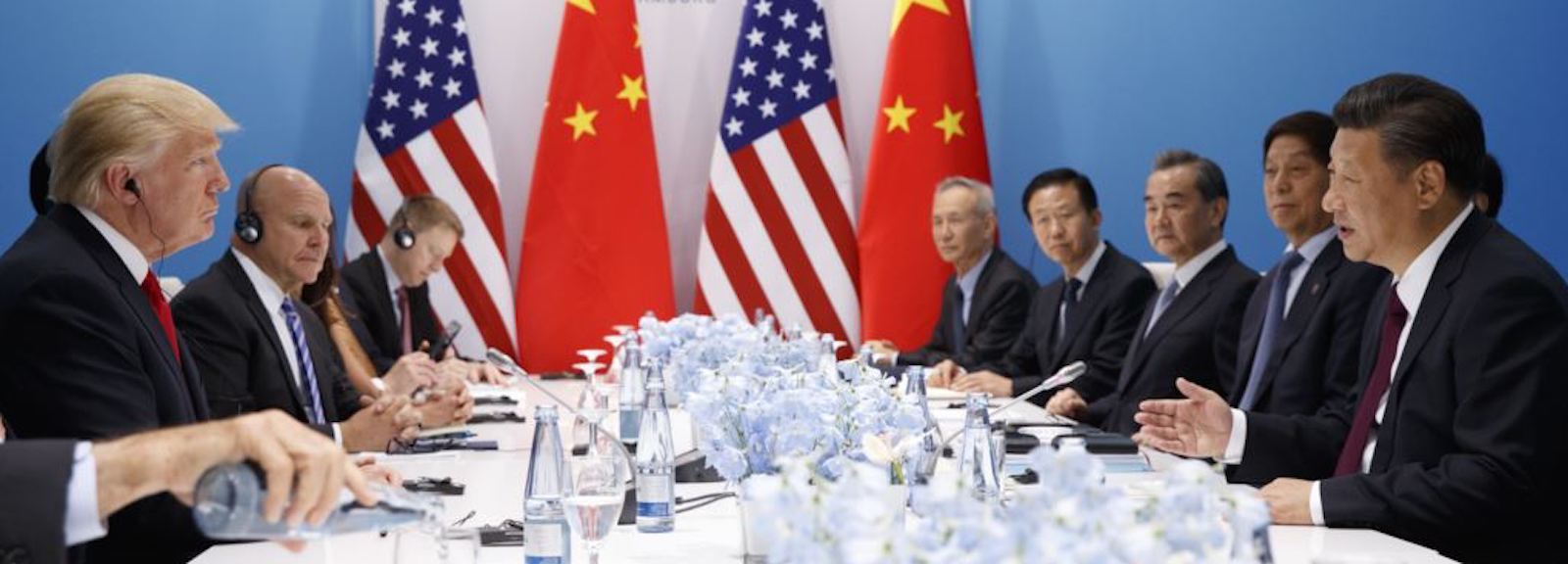US-China trade deal agreement text is still not ready

Everyone is waiting for Donald Trump to sign a preliminary trade deal with senior Chinese leaders this Wednesday. However, the document itself is still not ready.
The agreement document, which is expected to be 80 pages long, was still not fully prepared. And that can act as another proof of the unserious approach of Trump in negotiating a trade agreement. Many might even say that he does to attain to establish it in the nearest future whatsoever.
Usually, Presidents don’t sign such bilateral deals, but Donald Trump is an exception (just like in many other aspects). Therefore, he decided that putting his own signature on even mini-deals with Japan and South Korea is a rather necessary and mandatory step. What is more, trade agreements are usually reviewed by Congress, which allows lawmakers to vet their terms. Also, those who have a direct interest – business groups, lawmakers, farmers, and trade lawyers – have a chance to take a glance at an agreement and insert certain corrections there if necessary.
But this is not the case.
This time, both Trump and Chinese leaders decided to keep the details of an agreement a secret and not allow the public to get at least briefly familiarized with it. But certain points were already mentioned. And one of those was a promise of Beijing to go beyond prior commitments made on intellectual property theft and to not force US companies to hand over their technology. Moreover, they have pledged to buy $200 billion in farm goods and other products made by the US over a two-year period.
Rufus Yerxa, president of the National Foreign Trade Council, commented:
“What’s extraordinary about this is how much uncertainty and lack of transparency there is associated with, not only the whole process of negotiating, but what’s in it.”
Even though recent detenté between China and the United States appeased many markets jitters, many significant details are still confidential and were shown to only a select few.
The only piece of agreement that was publicly presented is a two-page fact sheet that was released by the Office of the US Trade Representative in December 2019.

Jennifer Hillman, a senior fellow for trade and international political economy for the Council on Foreign Relations, said:
“That’s all anybody knows – officially.”
There is still a myriad of questions left unanswered: Exactly what commitments did the Chinese make? How will the deal be enforceable? When will it take effect? Will China change its laws? How will either country determine if it failed to comply with the terms?
And, of course, the main question, the most “expensive” one: Did China actually make any new commitments they had not already previously promised in exchange for purchases of agricultural products from American farmers?
Yerxa said:
“The problem of course is we don’t know because nobody’s seen any of the text. Nobody’s aware of exactly how these commitments are going to be worded. Nobody’s aware of what the enforcement mechanisms and procedures will be and nobody’s aware of what the timetable is for implementation of all of them. What’s the list of products? What are the plans for Phase Two?”
In light of the upcoming agreement, China had repeatedly been reluctant to agree to any commitments on agriculture because of potential challenges that might be imposed by other countries coming from current global trading rules.
Hillman, who was the former general counsel at the US International Trade Commission and has served on the World Trade Organization’s highest court, commented on this matter as well:
“What we don’t know until we read the text is which one is it.”
“The problem for the Trump administration is if it’s not the Chinese government ordering additional purchases. If it really is just left up to the traders in China, how do you know exactly it’s going to happen? Where is there any guarantee that they will actually do that?” – he added.
It is also still unclear whether the administration will release those details when they officially present the text after the signing. Treasury Secretary Steven Mnuchin proclaimed that it wouldn’t be “helpful” for certain markets to release all the information about purchase agreements.
He also mentioned that the Trump administration is considering to keep the tariffs imposed on Chinese goods until after the November election.
Mnuchin added:
“There are no other agreements. These tariffs will stay in place until there’s a Phase Two. If the President gets a Phase Two quickly, he’ll consider releasing tariffs as part of Phase Two. If not, there won’t be any tariff relief. So there – has nothing to do with the election or anything else.”
The business communities of both countries hope for the best and awaiting the Trump administration to fulfill the promises it gave earlier and put the two countries on a path to get rid of the tariffs. But everyone clearly understands that there is still a long way to go until this will happen.
Yerxa confirmed:
“Business is going to be living with these tariffs for quite some time, apparently.”


























Comments (0 comment(s))